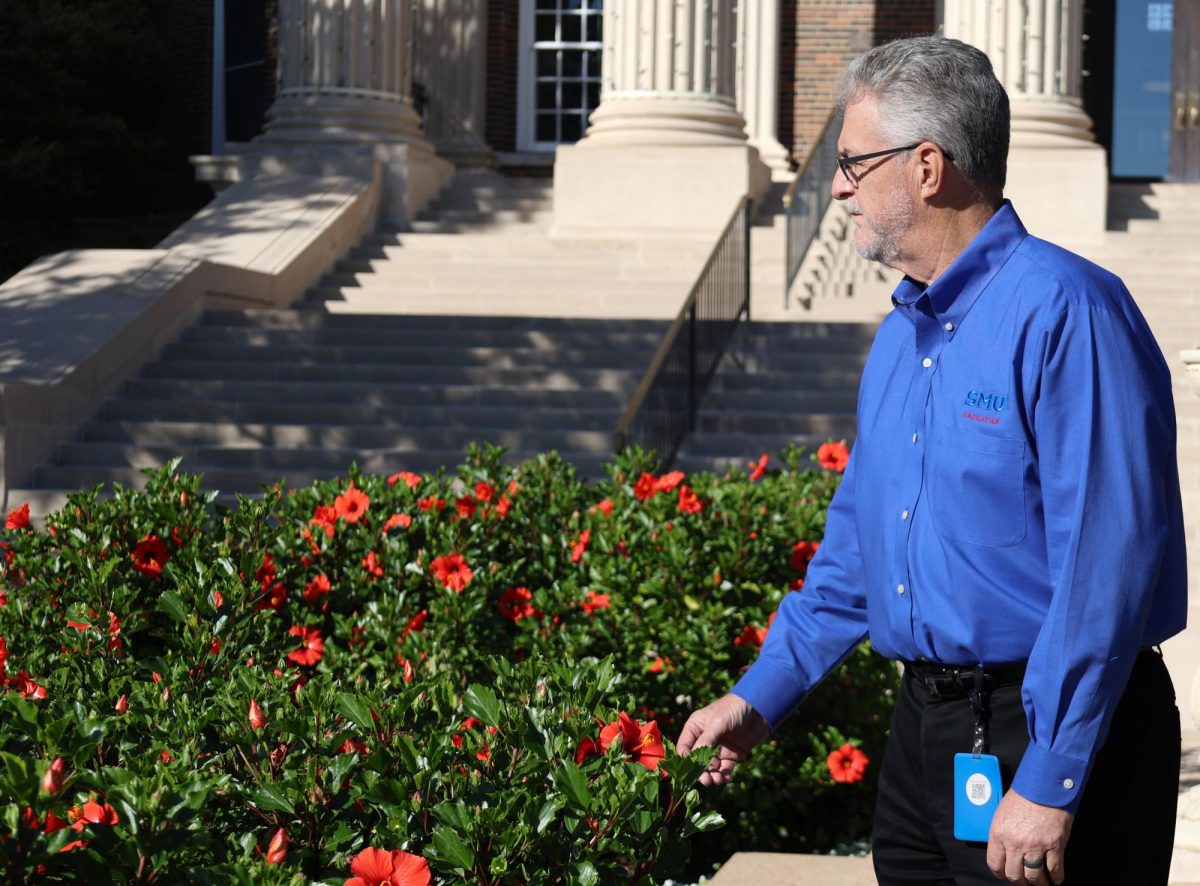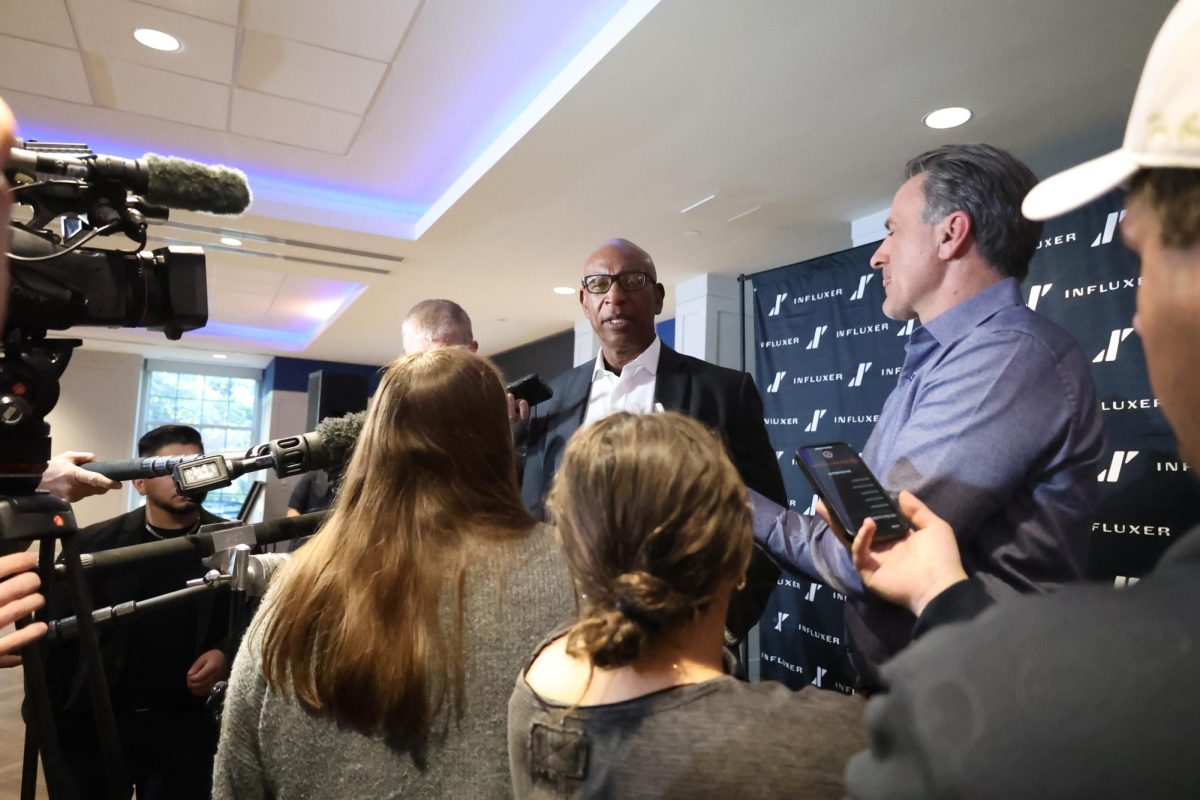The Princeton Review, in conjunction with Forbes.com, has named SMU one of the 25 “Most Connected Campuses” in the nation.
This is the third time for the list to be compiled, but the first time SMU has made it into the top 25. The Review decided not to name a No. 1 school, instead naming a top 25 and leaving them unranked.
The Review collected data and questionnaires from 361 colleges and universities nationwide.
SMU was the only Texas school named to the list, and out of the 25 schools only six are located outside of the Northeast.
“We were successful because we have a little bit in each of the criteria they used – we just have a breadth of things campus-wide,” said Joe Gargiulo, executive director of administrative computing.
The list was created using 18 specific criteria. Rankings were determined by assigning point values to each of the criteria.
Some criteria were weighted more heavily, depending on what The Review and Forbes.com determined was more important to campus technology.
Those include if a school has a campus-wide data network, wireless connectivity on some portion of the campus, audio and or video streams of courses online, availability of online-only classes and the percentage of undergraduates who have their own computer.
“We have 30 percent of the campus wireless, and we have plans to continue the investment through further expansion,” Gargiulo said.
Other notable categories included the ability for remote access of campus e-mail accounts, registration for classes online and offering classes in computer security or video gaming.
“We work with the departments and University Committee for Information Technology to set priorities for future improvements,” Gargiulo said.
SMU has a list of technology priorities that is updated every year. Gargiulo said that equipment and hardware upgrades are the most frequent. UCIT provides the funding and oversight to help make those priorities happen.
Gargiulo mentioned that technology upgrades began to take precedence in the buildup to the Y2K switchover.
“Before Y2K we had really old systems, and all of the functionality that you have today you often had to wait in line and have a person do for you,” he said.
Future upgrades include a further movement of professors to the Blackboard online program, the phasing out of WebCT and more focus on protecting personal information on university servers.








